No products in the cart.
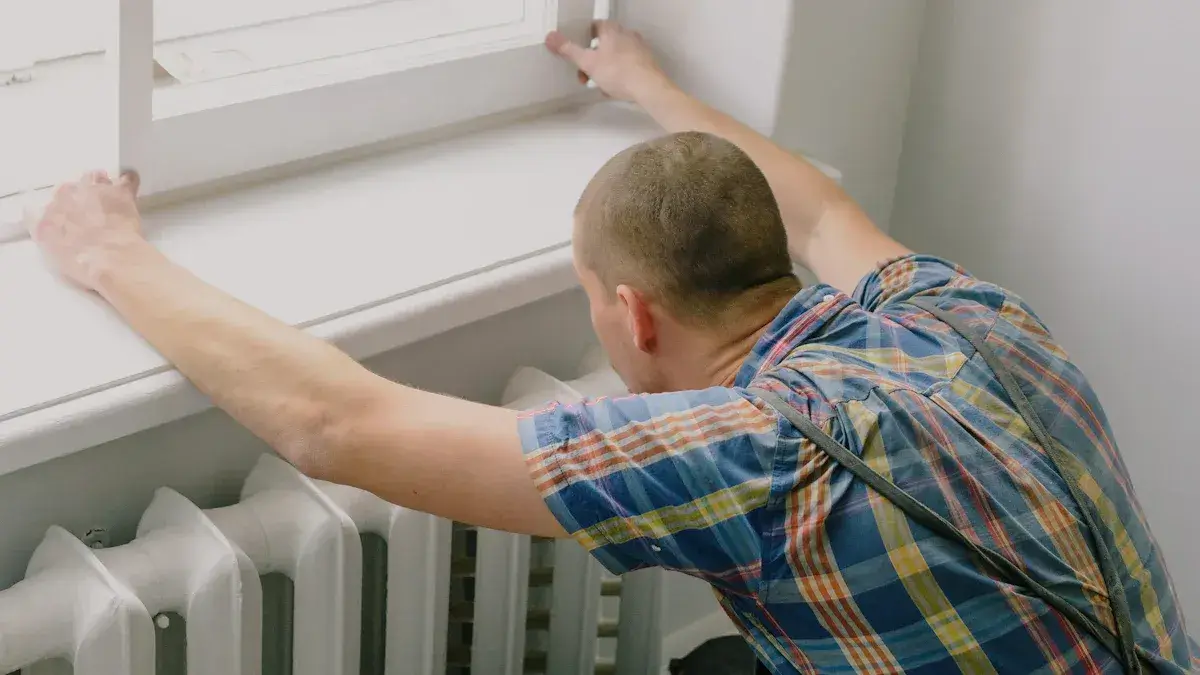
Putting up roller blinds can transform your home’s appearance. They add both style and functionality. Before you begin, it’s important to understand how to install roller blinds, as they accounted for 32% of the blinds market in 2022 due to their versatility. Installing roller blinds yourself not only saves money but also ensures a perfect fit for your windows.
Key Takeaways
- Collect all tools and materials before you begin. You will need a drill, screwdriver, measuring tape, and the roller blinds. Being ready makes the job simpler.
- Measure your window carefully to get the right size for your blinds. Check the width and height in different spots. Use the smallest size to avoid problems when fitting.
- Decide on a recess fit or face fit for your window. A recess fit sits neatly inside the frame. A face fit covers the whole window and blocks more light.
Tools and materials for how to install roller blinds

Before starting, gather all the tools and materials needed. Having everything ready makes the process easier and quicker. This section explains what you’ll need to begin.
Basic tools for installation
You’ll need some simple tools, likely already at home:
- Drill: Makes holes to fix the brackets securely.
- Screwdriver: Tightens screws to hold the brackets firmly.
- Measuring tape: Measures windows for a perfect blind fit.
These tools are key for a smooth installation. Check they work properly before starting.
Items included with roller blinds
Roller blinds come with most parts required for installation. These usually include:
- Brackets: Hold the roller blinds in position.
- Screws: Attach brackets to the wall or window frame.
- Roller blinds: The main part that adds style and function.
Ensure all parts are in the package. If anything is missing, contact the seller for replacements.
Extra tools for easier installation
Some extra tools can make the job simpler and faster:
- Spirit level: Ensures brackets are straight and aligned.
- Pencil: Marks where to drill on the wall or frame.
- Step ladder: Helps reach higher windows easily.
These tools aren’t necessary but can improve the process. They’re helpful for a neat and professional result.
Tip: Arrange your tools and materials before starting. This avoids delays and keeps the process smooth.
With everything prepared, you’re ready for the next step: attaching brackets and installing your roller blinds.
Getting ready to put up roller blinds
Measuring your window correctly
Measuring your window is very important. Use a measuring tape to check the width and height. Measure at the top, middle, and bottom for both. This helps find any uneven spots. Use the smallest size for a good fit. Write down the numbers clearly to avoid mistakes.
Tip: Check your measurements twice. Even small errors can cause blinds not to fit.
Picking between recess fit and face fit
Choose if you want a recess fit or face fit. A recess fit goes inside the window frame for a neat look. It works well if the frame is deep enough. A face fit sits outside the frame, covering the whole window. This is better for shallow frames or blocking more light. Think about your window and style before deciding.
Setting up tools and parts
Before starting, gather all tools and parts in one spot. Lay them out on a flat surface. Make sure you have brackets, screws, and the blinds. Keep your drill, screwdriver, and measuring tape close by. If using extras like a spirit level or step ladder, place them nearby too. Being ready saves time and avoids stress.
Note: Missing parts can slow you down. Check the package carefully first.
Step-by-step guide on how to install roller blinds
Installing roller blinds with a recess fit
A recess fit positions the roller blinds inside the window frame, creating a clean and streamlined look. Follow these steps to achieve a perfect installation:
- Drill your pilot holes: Hold the brackets inside the window recess where you want to install them. Use a pencil to mark the screw positions. Drill small pilot holes using a 3mm drill bit to prevent the frame from splitting.
- Attach your brackets: Secure the brackets to the recess using the screws provided. Ensure the control bracket is on the correct side for the chain mechanism.
- Click in your blind: Place the roller blind into the brackets. Push gently until you hear a click. This ensures the blind is securely attached.
- Install the child safety chain keeper: Clip the chain keeper over the chain and fix it to the wall or recess. This step is essential for safety, especially in homes with children.
Tip: Use a spirit level to check that the brackets are perfectly aligned before attaching the blind.
Installing roller blinds with a face fit
A face fit places the roller blinds on the outside of the window frame, covering the entire window. This method is ideal for shallow frames or when you want to block more light. Here’s how to install:
- Position your brackets: Hold the brackets against the wall or window frame where you want to install the blinds. Mark the screw positions with a pencil.
- Drill your pilot holes: Use a 3mm drill bit to create pilot holes at the marked positions. This step ensures the screws go in smoothly.
- Secure the brackets: Attach the brackets to the wall or frame using the screws provided. Double-check that the control bracket is on the correct side.
- Click in your blind: Insert the roller blind into the brackets. Push until you hear a click, confirming it is securely in place.
- Fix the chain keeper: Attach the chain keeper to the wall near the chain. This keeps the chain taut and safe to use.
Note: For square set windows, ensure the brackets are positioned evenly to avoid uneven blinds.
Adjusting the chain mechanism
Once the roller blinds are installed, you need to adjust the chain mechanism for smooth operation. Follow these steps:
- Test the chain: Pull the chain gently to check if the blind rolls up and down smoothly.
- Adjust the tension: If the chain feels too loose or tight, adjust the tension by repositioning the chain in the control bracket.
- Secure the chain keeper: Ensure the chain keeper is fixed tightly to the wall. This prevents the chain from dangling loosely, which could pose a safety risk.
- Final check: Operate the blind a few times to confirm everything works correctly. Make any final adjustments if needed.
Reminder: Always ensure the chain mechanism is secure and safe, especially in homes with children or pets.
By following these steps, you can confidently install roller blinds with either a recess fit or a face fit. Adjusting the chain mechanism ensures your blinds operate smoothly and safely.
Installing child safety devices for roller blinds
Why child safety matters
Child safety devices are very important for roller blinds. They stop accidents caused by loose cords or chains. Reports show one child dies each month from cord strangulation. This shows how crucial it is to secure cords safely. Rules like ANSI/WCMA A100.1-2018 require cordless blinds or hidden cords to reduce risks. The WCMA also demands fixed devices to stop dangerous loops forming. Products under the WCMA’s Best for Kids™ programme are tested to meet strict safety rules. By adding child safety devices, you keep your family safe and follow these important standards.
Steps to secure the chain or cord
To secure the chain or cord, use a safety device. Follow these steps:
- Fix the chain keeper to the wall near the chain.
- Check it passes the UV Stability Test for sunlight resistance.
- Test it with the Operational Cycle Test for smooth use over time.
- Do a Centre Load Test to ensure no dangerous loops form.
- Use the Axial Torque Test to check the cord stays safe.
These steps make sure the chain or cord is secure and works well.
Checking the safety mechanism
Checking the safety mechanism ensures it works properly. Rules like ANSI/WCMA-2018 explain how to test cords. Makers must label products to show they meet safety rules. Unsafe products are serious hazards under the Consumer Product Safety Act. Gently pull the chain to test its tension. Make sure the chain keeper holds the cord tightly without loops. Repeat this test a few times to check reliability. Proper checks ensure your roller blinds are safe for kids and pets.
Troubleshooting problems when installing roller blinds
Sometimes, issues can happen during or after putting up roller blinds. Here’s how to solve common problems easily.
Fixing folds or creases in the fabric
Folds or creases can make roller blinds look messy. To fix them, unroll the blind fully and leave it open for a day or two. The fabric’s weight often smooths out small creases. For tougher folds, use a steamer or iron on low heat. Always place a cloth between the iron and the blind to protect it. Never apply heat directly to the fabric.
Tip: Rolling and unrolling blinds often helps keep them smooth.
Adjusting blinds that hang unevenly
Blinds that hang unevenly can look untidy and work poorly. First, check if the brackets are straight using a spirit level. If they’re not, take down the blind and adjust the brackets. You might need to drill new pilot holes to reposition them. Once the brackets are straight, reattach the blind and test it. Repeat if needed.
Note: Drill pilot holes carefully to avoid damaging walls or frames.
Fixing chain or mechanism issues
If the chain feels stuck or doesn’t move well, check for tangles or dirt. Clean the chain and brackets to remove dust or debris. Use silicone spray to lubricate the mechanism if needed. If the chain stays loose, check the control bracket. You might need to drill new pilot holes to secure it better. Test the chain after each fix to ensure it works smoothly.
Reminder: Always attach the chain keeper to the wall for safety.
Fixing these problems quickly keeps your roller blinds working well and looking great.
Maintenance tips for roller blinds
Cleaning your roller blinds
Cleaning roller blinds keeps them looking nice and lasting longer. Dust gathers over time, so clean them often. Use a soft cloth or feather duster to remove dust on the surface. For deeper cleaning, wipe gently with a damp cloth and mild soap. Don’t soak the blinds, as too much water can harm the fabric. For tough stains, use a special cleaner made for fabrics.
Tip: Test cleaning products on a hidden spot first. This avoids damaging the fabric.
Preventing wear and tear
Taking care of roller blinds stops damage and keeps them working well. Move the blinds gently to protect the chain mechanism. Roll them smoothly without pulling hard. Keep blinds away from sharp items or long exposure to sunlight, as these can weaken the material. Fix frayed edges or loose parts quickly to stop further problems.
Reminder: Check brackets and chains often for wear. Tighten screws or replace broken parts when needed.
When to replace parts or blinds
Replacing parts or blinds at the right time keeps them working properly. Change the chain if it’s stiff or broken. Replace brackets if they become loose or snap. If the fabric fades or tears, get a new blind. Signs like uneven rolling or hard-to-use chains mean it’s time for a replacement.
Note: Good-quality blinds, like those from Eastern Blinds and Curtains, last longer. Regular care helps them stay in great condition.
Putting up roller blinds improves how your home looks and works. You can pick fabrics, colours, and how much light they block to match your style.
- Main Advantages:
- Simple and stylish appearance.
- Control over light and privacy.
- Fits well with modern designs.
| Feature | Information |
|---|---|
| Popular Choice | Roller blinds lead the market for blinds and shades. |
| Stylish Design | Famous for their neat and trendy look. |
| Personalisation Options | Many fabrics and colours to choose from. |
Tip: Installing them properly gives a polished look and full benefits.
FAQ
How do I know if my window frame is suitable for a recess fit?
Measure the depth of your window frame. A recess fit requires at least 6cm of depth to accommodate the brackets and roller blind.
Can I install roller blinds without a drill?
Yes, adhesive brackets are an option. However, they may not provide the same durability or security as screws fixed with a drill.
What should I do if my roller blind fabric gets stained?
Use a damp cloth with mild soap to clean the stain. Avoid soaking the fabric or using harsh chemicals to prevent damage.


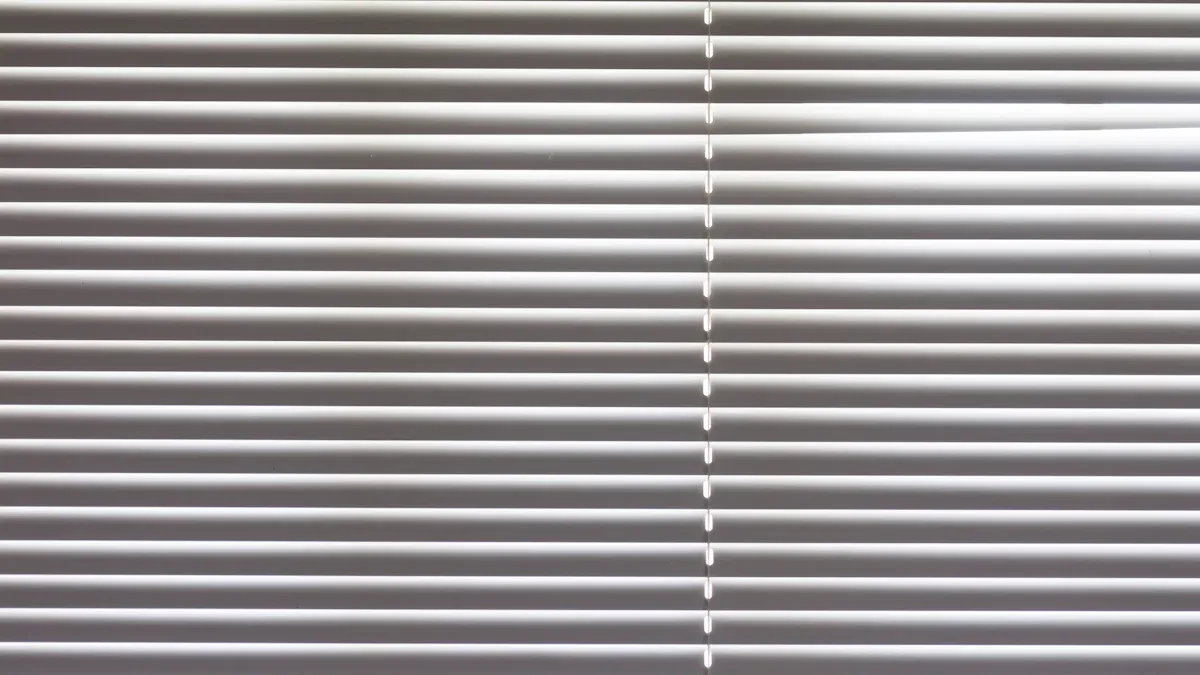
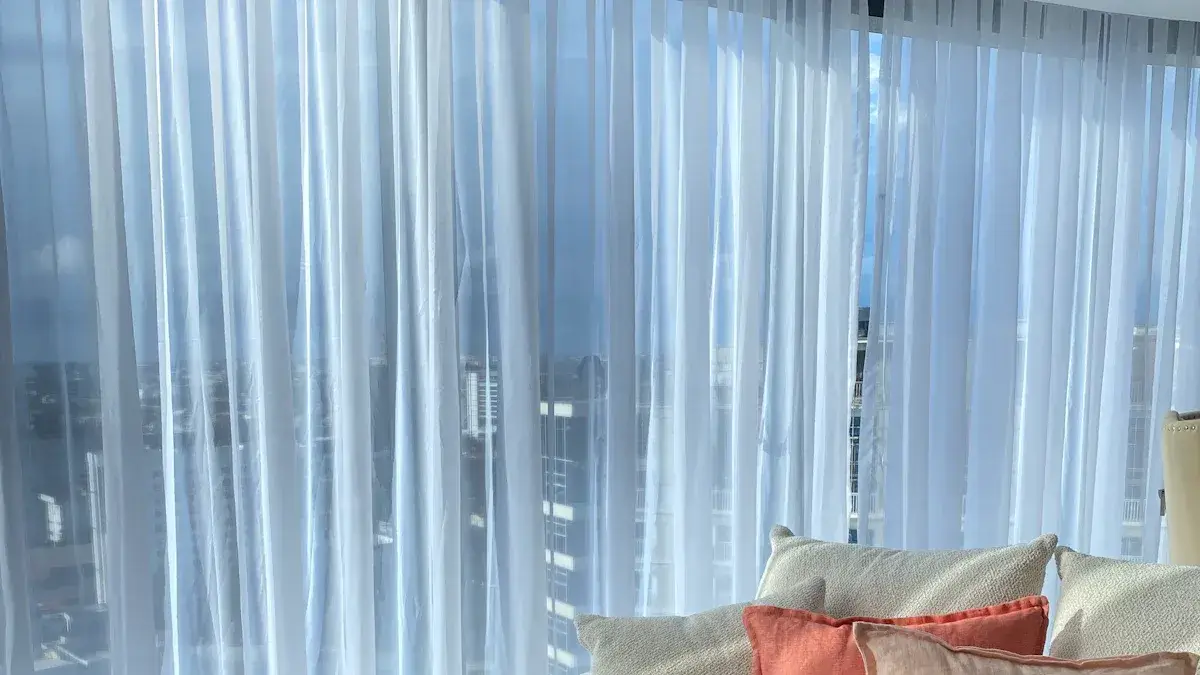
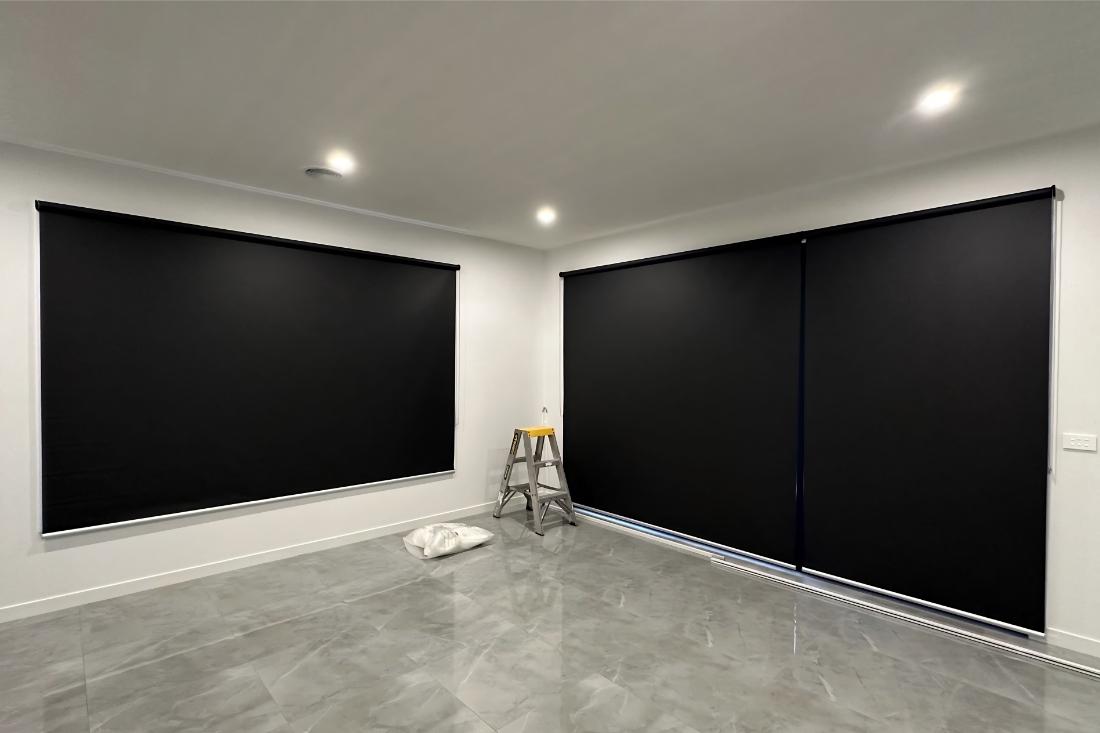
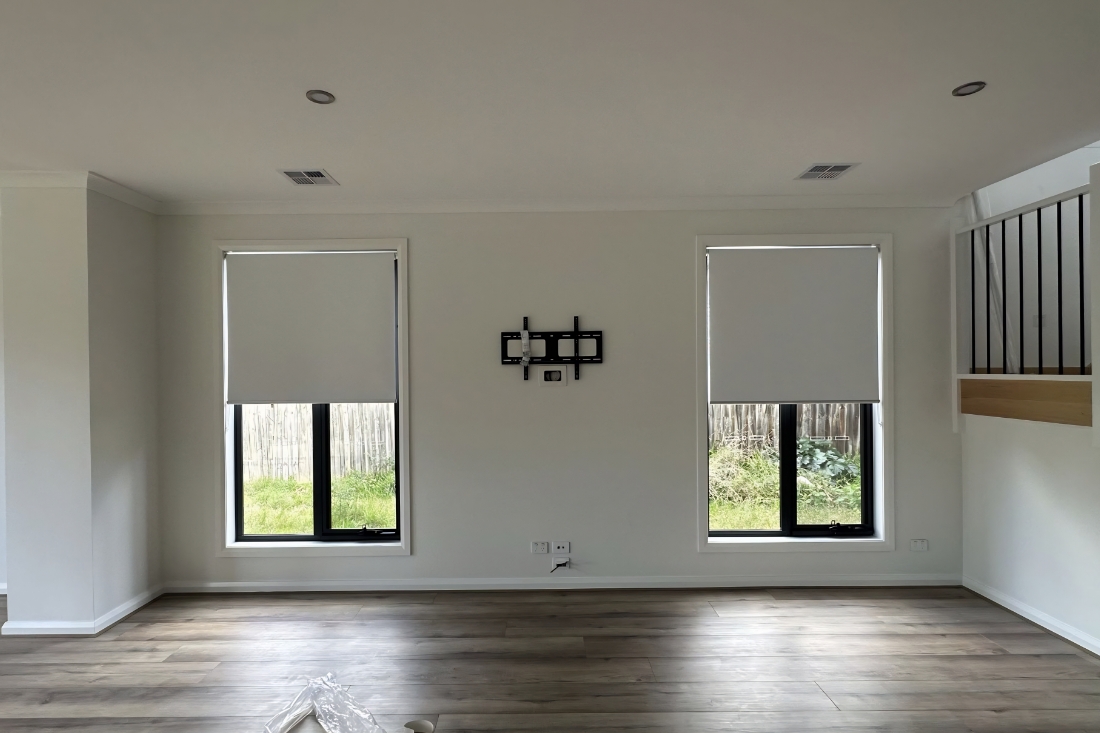




Leave a Reply